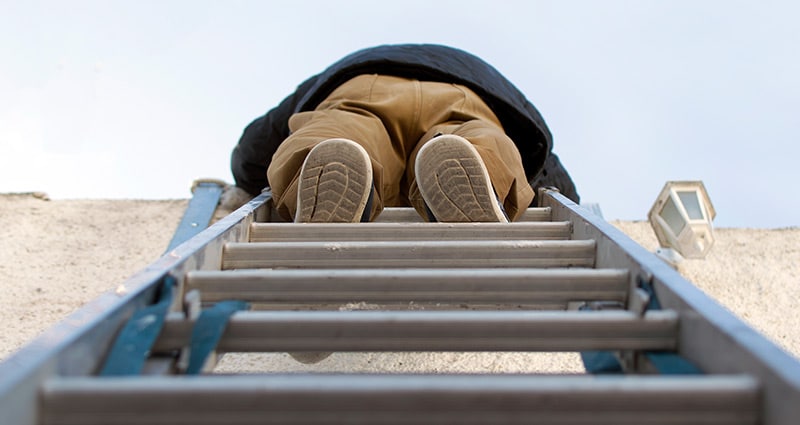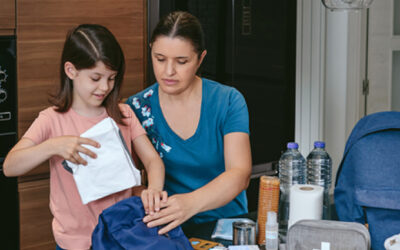Even though we don’t typically have snow or ice-covered sidewalks in the South, we still need to stay mindful of fall prevention during winter. Whether it’s pulling down Christmas decorations or walking on a cold, wet, uneven sidewalk, take care to avoid injuries.
Sylvia Justus, RN, CEN, trauma program manager at St. Francis Medical Center, shares tips to reduce your risk of being injured in a fall.
Falls are the leading reason people visit the emergency department and falling is a leading cause of disability among the elderly.
About half of all falls happen at home, and the risk of falling increases after age 50 and gradually rises with age, as does the risk of severe injury and death from falls. Almost half of people 65 and older who experience a fall-related injury will need to go to a nursing home or rehabilitation facility, and 12 percent will die.
No matter your age, you can reduce your risk for falls by improving your strength, balance and flexibility and taking steps to make your home safer.
Improve Your Strength, Balance and Flexibility
Regular exercise that includes a combination of strength training with weights and cardio exercises can reduce the risk of falls by making your body stronger and more coordinated. Regular physical activity is key to fall prevention, and even small
Review your medications regularly, as falls can be an indication of other underlying conditions that could be related to or side effects from medicines.
Have your vision checked regularly, as an outdated glasses prescription or a condition such as glaucoma or cataracts can limit your vision and make falling more likely.
Keep Your Home Safer
- Keep sidewalks and steps clear
- When using a ladder, make sure it’s secure on level ground, and have a spotter to keep it stable while you climb
- Remove clutter that can be tripping hazards
- Remove small throw rugs
- Keep frequently used items close at hand to avoid regularly using a step stool
- Improve your home’s lighting
- Install grab bars in the bathroom: next to the toilet and in the tub or shower
- Wear shoes with good support that have thin, non-slip soles
- Use medical alert bracelets for the elderly
When to Seek Medical Attention
Even with the best prevention sometimes falls still happen. If you have concerns after a fall, get in touch with your primary care provider. People with conditions such as osteoporosis have a greater risk of a fracture should be checked out at the emergency room. Other symptoms that indicate the need to go the ER:
- Significant pain or swelling
- Limited limb motion
- Changes in alertness or mental status, headaches, dizziness or visual changes
- Loss of sensation or movement in a limb




